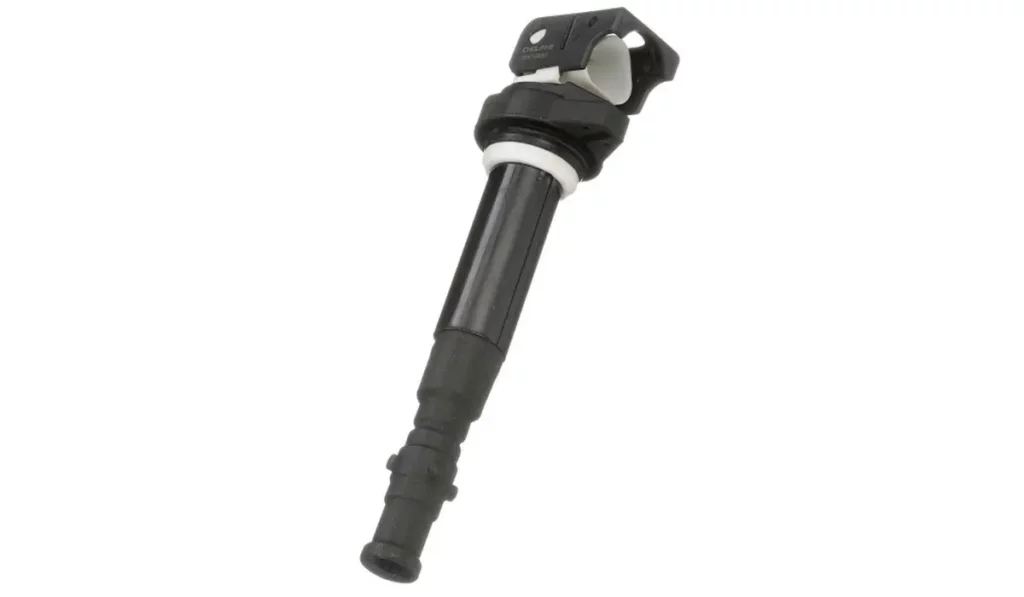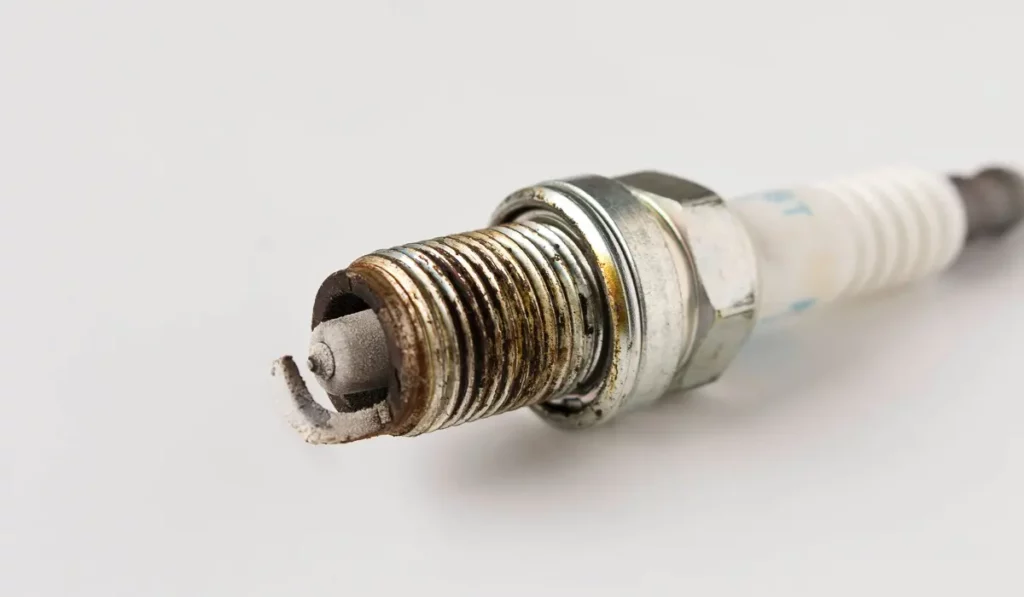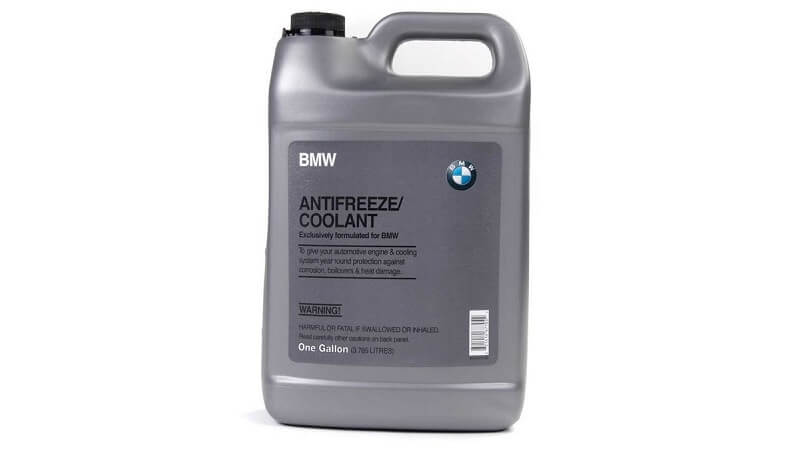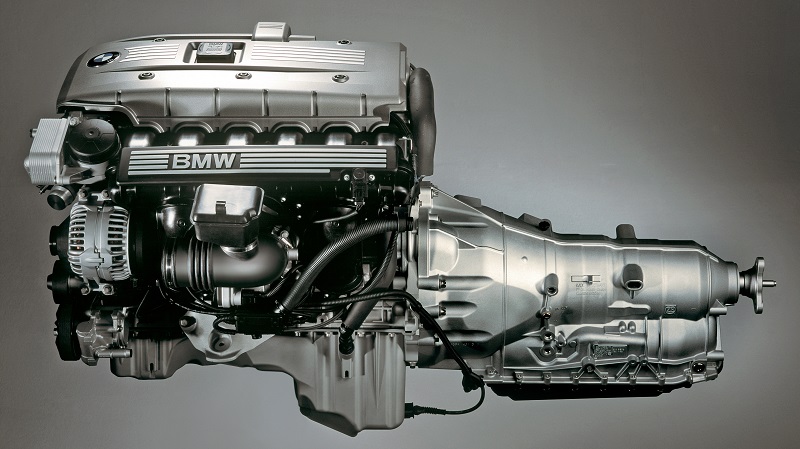The 29D0 BMW code is a diagnostic trouble code that holds valuable insights into the performance of your BMW vehicle. When this code appears, it means that one of your engine’s cylinders is misfiring. Understanding the 29D0 code and its implications is crucial for every BMW owner, as it can help you identify underlying problems and take appropriate action to rectify them.
In this guide, we’ll go into the details of the 29D0 BMW code, exploring its causes, symptoms, and potential solutions. By the time you’re done reading this article, you should have enough information to troubleshoot this code and find the appropriate solution by yourself.
Understanding the 29D0 BMW Code
The 29D0 BMW code is a specific diagnostic trouble code that is associated with various engine performance issues. It is commonly referred to as a “Misfire Cylinder 4” code. In the BMW diagnostic system, each trouble code is assigned a unique identifier to help pinpoint the underlying problem within the vehicle.
The 29D0 code specifically indicates that there is a misfire detected in the fourth cylinder of the engine. A misfire occurs when the air-fuel mixture in the cylinder fails to ignite properly, resulting in a loss of power and overall engine performance. This misfire can lead to a range of issues, including rough idle, engine hesitation, and decreased fuel efficiency.
Diagnostic trouble codes like 29D0 play a crucial role in identifying potential problems within the vehicle’s systems. When the digital motor electronics (DME) detects a misfire, it stores the 29D0 code in its memory and triggers the check engine light to alert the driver. By retrieving and interpreting this code, you can gain valuable insights into the specific cylinder and take appropriate action to address the underlying issue.
Common Causes of the 29D0 BMW Code
The 29D0 BMW code, indicating a misfire in cylinder 4, can have several potential causes that all come down to the lack of spark, fuel/air, or compression. Understanding these causes is essential for effectively diagnosing and addressing the underlying issue. Here are some common factors that can trigger the 29D0 code in BMW vehicles:
- Faulty Ignition System — A malfunctioning ignition system can lead to cylinder misfires. Issues with the ignition coil, spark plug, or spark plug wires in cylinder 4 can disrupt the proper ignition of the air-fuel mixture, resulting in a misfire.
- Fuel Delivery Problems — Insufficient fuel supply or improper fuel delivery can cause a cylinder 4 misfire. Clogged fuel injectors, a faulty fuel pump, or a blocked fuel line can disrupt the fuel flow, leading to incomplete combustion in the cylinder.
- Air Intake Issues — An inadequate air intake or air leakage can affect the combustion process in cylinder 4. A dirty or clogged air filter, a malfunctioning mass airflow sensor (MAF), or a vacuum leak near cylinder 4 can result in a misfire.
- Engine Sensor Malfunction — Faulty engine sensors that provide crucial data for optimal fuel and air mixture can contribute to a cylinder 4 misfire. Sensors like the oxygen sensor (O2 sensor), throttle position sensor (TPS), or camshaft position sensor (CMP) may malfunction and disrupt the combustion process.
- Mechanical Problems — Cylinder 4 misfires can also stem from mechanical issues within the engine. These include low compression in the cylinder due to worn piston rings or valves, a damaged head gasket, or a leaking intake or exhaust valve.
It’s important to note that these are general causes and may vary depending on the specific BMW model and engine type. Pinpointing the exact cause of the 29D0 code requires a systematic diagnostic process that involves thorough inspection, testing, and potential component replacements or repairs.
Symptoms of the 29D0 BMW Code
The 29D0 BMW code, indicating a misfire in cylinder 4, can manifest through various symptoms. Recognizing these symptoms is crucial for identifying the presence of a cylinder 4 misfire and initiating the appropriate diagnostic steps. Here are some common symptoms associated with the 29D0 code:
Engine Misfire
A noticeable engine misfire in cylinder 4 is one of the primary symptoms of the 29D0 code. You may experience uneven or rough engine operation, with the engine running less smoothly than usual. This misfire can result in vibrations, jerking motions, or a fluctuating idle.
Loss of Power and Acceleration
A cylinder 4 misfire can lead to a significant loss of power and acceleration in your BMW. When the cylinder fails to ignite the air-fuel mixture properly, it hampers the engine’s ability to generate sufficient power, resulting in reduced performance during acceleration or while climbing hills.
Rough Idle
A cylinder 4 misfire often leads to a rough or lumpy idle. When the engine is at rest, you may feel noticeable vibrations or hear irregular engine sounds. The idle RPM may fluctuate or become unstable, indicating an issue with cylinder 4 combustion.
Increased Fuel Consumption
A misfire in cylinder 4 can cause the engine to run inefficiently, leading to increased fuel consumption. If you notice a sudden decrease in fuel efficiency or find yourself refueling more frequently than usual, it may be indicative of a cylinder 4 misfire.
Check Engine Light
The presence of the 29D0 code triggers the check engine light (CEL) on your BMW’s dashboard. The CEL serves as an important indicator that something is amiss within the engine. When accompanied by the aforementioned symptoms, it strongly suggests a cylinder 4 misfire.
Diagnostic Process and Tools
When faced with the 29D0 BMW code, a systematic diagnostic process is necessary to identify the root cause of the cylinder 4 misfire. Here’s an overview of the diagnostic steps and the tools commonly used in the process:
- Retrieve and Analyze Codes — Start by using an OBD-II scanner to retrieve the 29D0 code and any other related trouble codes stored in the digital motor electronics (DME). Analyze the codes to understand the specific issues detected in the system.
- Visual Inspection — Perform a visual inspection of the ignition system components, including the ignition coils and spark plugs. Look for signs of damage, wear, or corrosion that could contribute to the misfire. This code being specific to the 4th cylinder means that you can troubleshoot ignition components by moving them to the next cylinder. In other words, swap the ignition coils between the 4th and 5th cylinder, start the car and read the code. If the code has moved from cylinder 4 to cylinder 5, you can be confident that the ignition coil is the source of your issue. The same can be done for the spark plug.
- Check Fuel System —Inspect the fuel system components, such as the fuel injectors, fuel pump, and fuel lines. Ensure they are clean, free from blockages, and delivering an adequate fuel supply to cylinder 4.
- Test Engine Sensors — Utilize diagnostic tools like a multimeter or specific sensor testers to assess the functionality of engine sensors. Test the oxygen sensor (O2 sensor), mass airflow sensor (MAF), camshaft position sensor (CMP), and other relevant sensors to identify any malfunctions.
- Compression Test — Conduct a compression test to measure the cylinder’s compression in cylinder 4. Low compression levels can indicate mechanical issues, such as worn piston rings or valves, contributing to the misfire.
- Data Logging and Live Data — Use a diagnostic scanner capable of live data monitoring to observe real-time data while the engine is running. Pay attention to parameters like fuel trim, engine RPM, and sensor readings to detect irregularities that may be causing the misfire.
Throughout the diagnostic process, it’s important to document your findings, including any observed abnormalities or test results. This documentation will help you track your progress and provide valuable information if you decide to seek professional help.
Solutions for the 29D0 BMW Code

Resolving the 29D0 code and addressing the cylinder 4 misfire in your BMW requires targeted solutions based on the identified causes. Here are some potential solutions to consider:
Ignition System
- Inspect and, if necessary, replace the ignition coil for cylinder 4.
- Replace the spark plugs with new ones specifically recommended for your BMW model.
- Check and replace any damaged or worn spark plug wires.
Fuel Delivery System
- Clean or replace clogged fuel injectors.
- Ensure the fuel pump is functioning correctly and delivering the required fuel pressure.
- Inspect and repair any fuel line blockages or leaks.
Air Intake System
- Replace a dirty or clogged air filter.
- Repair or replace a malfunctioning mass airflow sensor (MAF).
- Inspect and fix any vacuum leaks near cylinder 4.
Engine Sensors
- Replace faulty sensors like the oxygen sensor (O2 sensor), throttle position sensor (TPS), or camshaft position sensor (CMP) if they are determined to be the cause of the misfire.
Preventive Measures and Maintenance Tips
To maintain optimal engine performance in your BMW and prevent the recurrence of the 29D0 code, implementing preventive measures and following proper maintenance practices is essential. Here are some tips to consider:
Regular Maintenance
Adhere to the manufacturer’s recommended maintenance schedule for your BMW. This includes regular inspections, oil changes, filter replacements, and other scheduled services. Keep an eye on the condition of your spark plugs and replace them as recommended. Inspect and replace the air filter when necessary to ensure proper airflow to the engine.
Use high-quality fuel that meets the specifications recommended by BMW. Avoid filling up with low-quality or contaminated fuel, as it can negatively impact engine performance.
Maintain the health of the ignition system components, including ignition coils, spark plugs, and spark plug wires. Replace them when necessary or as part of regular maintenance intervals.
Fuel System Maintenance
Consider using fuel system cleaners periodically to keep the fuel injectors clean and prevent deposits that could affect their performance.
If you notice any signs of fuel system issues, such as rough idling or decreased fuel efficiency, have the system inspected and serviced promptly.
Avoid excessive engine load by driving within recommended speed limits and avoiding aggressive driving habits. Excessive load can strain the engine and contribute to misfires.
Professional Inspections:
Keep the 29D0 BMW Code at Bay with Quality Parts!
Understanding the 29D0 BMW code is essential for diagnosing and resolving cylinder 4 misfires in your BMW. By familiarizing yourself with the common causes, symptoms, and diagnostic process, you can take the necessary steps to address the issue effectively.
If you need parts, fluids or filters, you’re at the right place! Here at Bimmers.com, we offer a wide range of premium quality genuine, OEM and aftermarket parts for your BMW.






